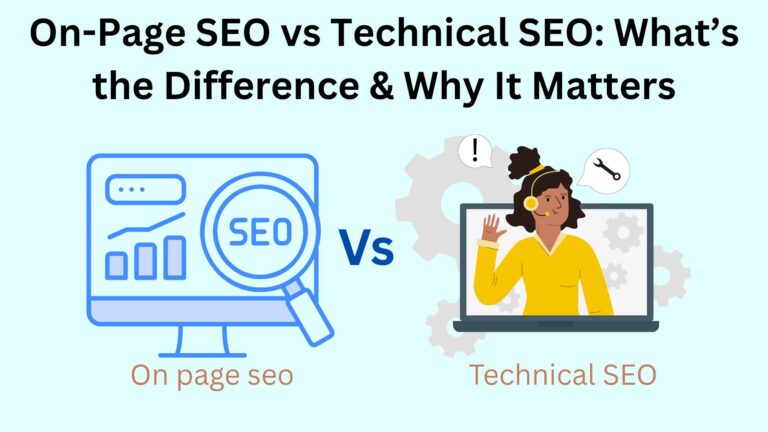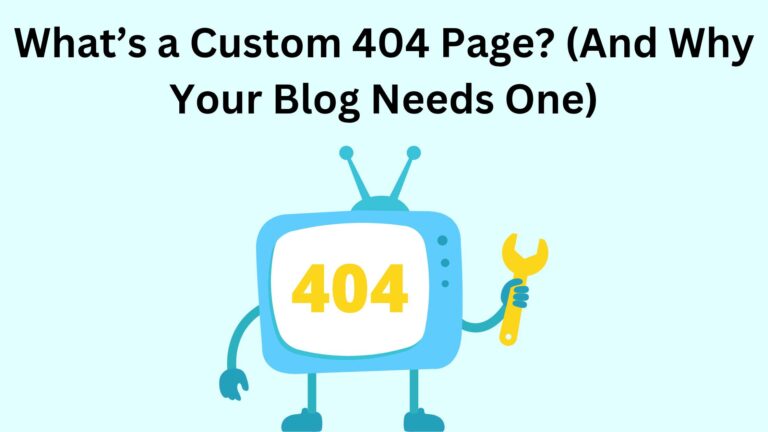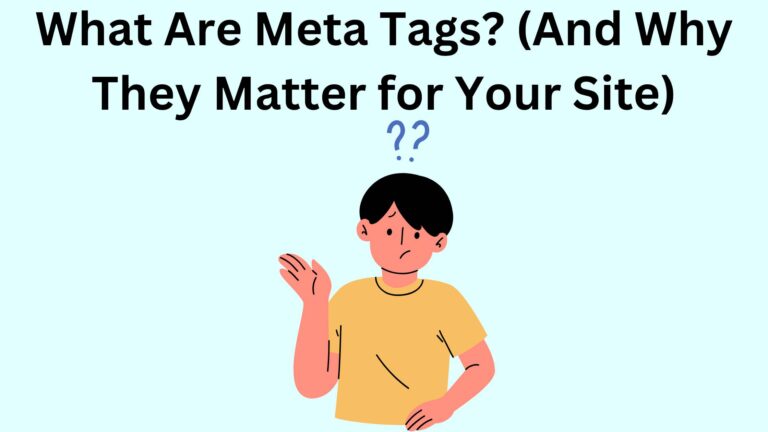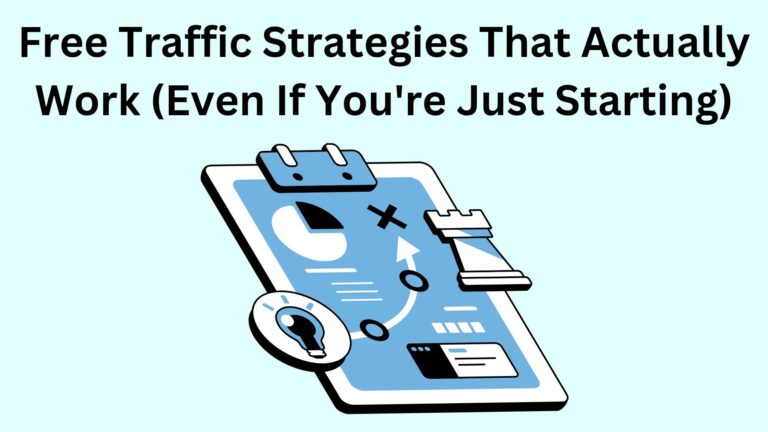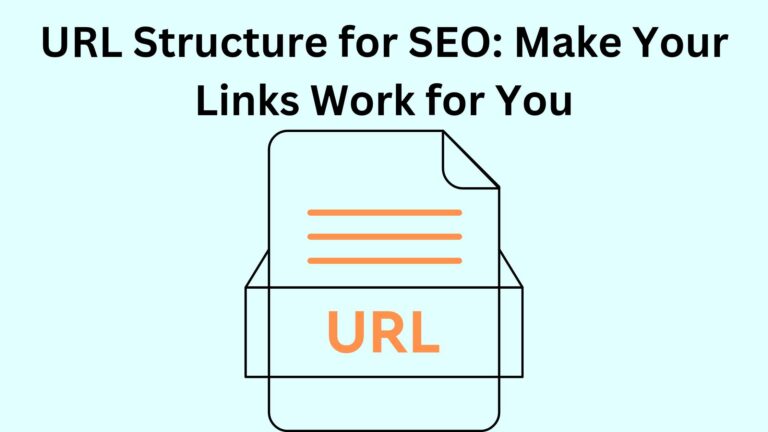Bounce Rate: What It Really Means (And How to Fix It Like a Pro)
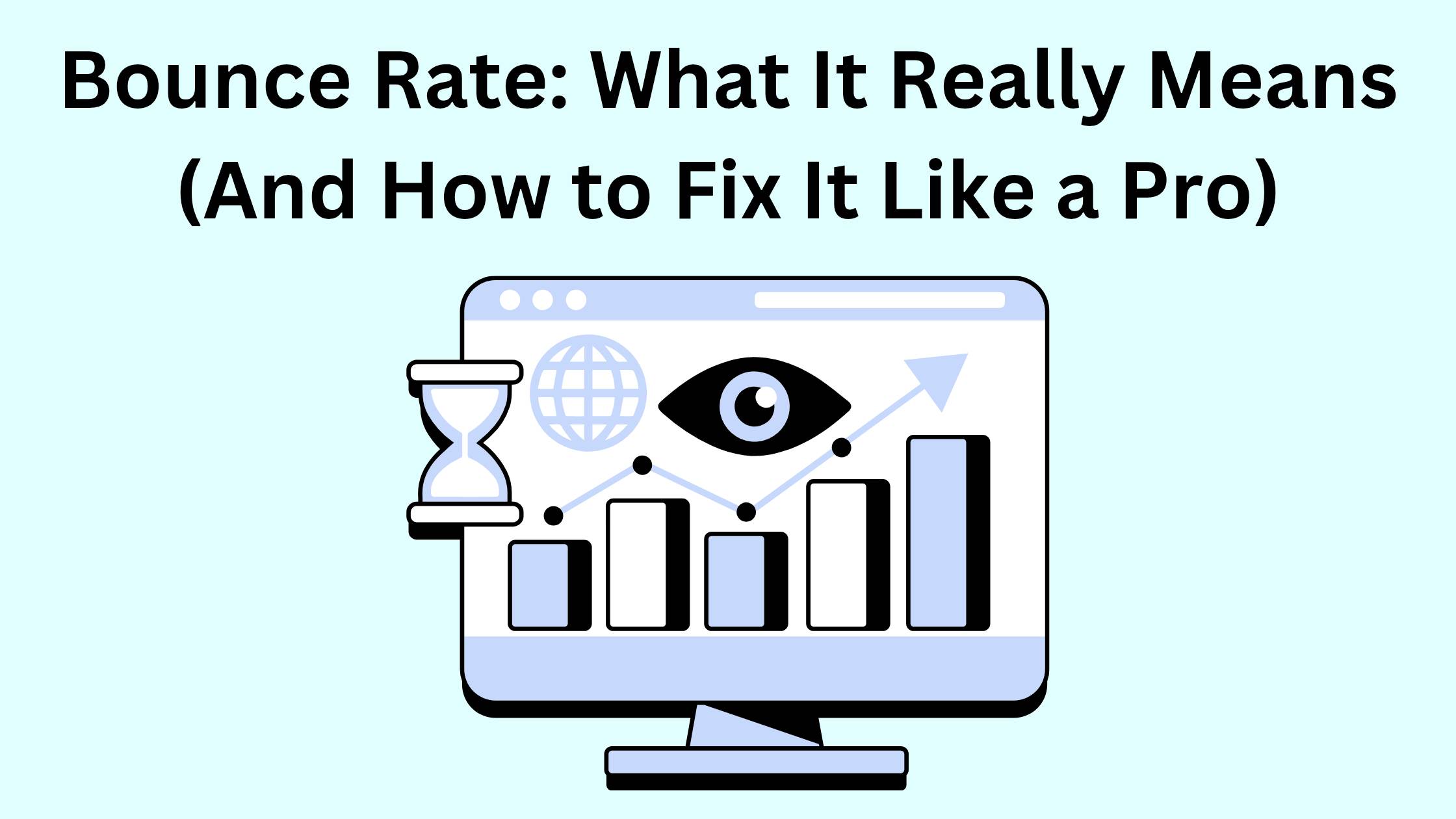
Bounce Rate: What It Really Means (And How to Fix It Like a Pro)
Imagine you invite someone into your shop… but they walk in, glance around for a second, and walk right out.
That’s what a bounce looks like on your website.
If you’re wondering “What is bounce rate?” or why people mention it so much in SEO guides — don’t worry.
Let’s dive into it step by step, like I’m sitting right next to you.
💡 What Is Bounce Rate, Exactly?
Bounce rate is the percentage of people who visit one page on your site — and then leave without clicking anywhere else.
They don’t scroll down to read more, they don’t visit another blog post, they don’t click a button… they just leave.
It’s like someone walking into your house, taking one quick look, and shutting the door behind them.
🤔 Why Should You Even Care About Bounce Rate?
Because it gives you a clear sign of how engaging your content really is.
If your bounce rate is too high, that usually means:
- Visitors aren’t finding what they expected.
- Your content didn’t capture their attention.
- Your website might be slow or hard to navigate.
In short? They’re not staying.
And that’s a problem — especially if you care about:
- Ranking higher on Google
- Making affiliate sales
- Growing your blog audience
- Getting more email subscribers
📉 What Is a “Good” Bounce Rate?
Here’s the deal: There’s no one-size-fits-all number.
A blog will naturally have a higher bounce rate than, say, an online store.
But as a rough guide:
- Under 40% = Amazing
- 40–60% = Pretty good
- 60–75% = Needs improvement
- Over 75% = Something’s off
Again — don’t panic if yours is high.
🔍 Why People Bounce: Real Reasons That Might Surprise You
Let’s be real. People bounce for a lot of reasons, and many of them have nothing to do with you personally.
But here are the most common reasons:
- Your site loads too slowly (3 seconds or more? Many leave.)
- The content isn’t what they expected after clicking
- Your design looks old, messy, or hard to read
- No clear call to action or “what to do next”
- Too many popups, ads, or distractions
- It doesn’t work well on mobile
These things can make someone click away instantly, even if your blog post is full of great tips.
🧠 Common Myths About Bounce Rate (That Confuse Beginners)
Let’s clear the air:
Myth #1: Bounce rate affects SEO directly.
Myth #2: All bounces are bad.
Reality: If someone reads your post, gets the answer they need, and leaves — that’s not always a failure.
Myth #3: Bounce = Bad Content.
Reality: Your content might be great, but your layout, speed, or targeting might be off.
🛠 How to Check Your Bounce Rate
You can check bounce rate in free tools like:
- Google Analytics (in GA4, it’s now called “engagement rate” — so bounce rate is 100% minus that)
- Microsoft Clarity or Hotjar (these tools even show heatmaps of what users are doing)
Just connect your site and you’ll get real data on how visitors behave.
🚀 How to Reduce Your Bounce Rate (Step-by-Step)
If your bounce rate feels too high, don’t worry — here’s what you can do, even if you’re just starting:
1. Make Your Site Load Faster
Slow websites kill attention.
2. Match Your Content to the Keyword
If someone Googles “how to grow on Pinterest” and your blog post starts talking about TikTok, they’ll leave.
Make sure your headline, intro, and content match what people searched for.
3. Keep It Clean and Easy to Read
Use short paragraphs, headers, and spacing.
4. Write Like You’re Talking to One Person
Speak directly to your reader — just like this post. Be helpful, real, and human.
5. Guide the Visitor on What to Do Next
- Want them to read another post?
- Sign up for your email list?
“Want to learn how to reduce bounce rate even more? Read this next.”
6. Make Sure It’s Mobile-Friendly
Most visitors are on their phones.
❌ Beginner Mistakes to Avoid
Let’s avoid these right from the start:
- Ignoring mobile layout
- Overloading the page with ads or popups
- Writing vague or clickbait headlines
- Forgetting to add internal links
- Publishing slow-loading pages (especially with uncompressed images)
- Creating content that’s too broad or off-topic
Fixing just one or two of these can cut your bounce rate dramatically.
🧭 Final Thoughts: Bounce Rate Is a Clue, Not a Curse
Look — bounce rate isn’t the enemy.
It’s just a signal.
It tells you how well your page connects with people.
The fact that you’re even reading this means you’re serious about building something that keeps people coming back.
So keep learning, testing, and improving. Your bounce rate will drop — and your growth will rise.
✅ Want to Learn More?
Next up, I recommend reading:
👉 Mastering Search Engine Optimization: A Simple Beginner’s Guide.
And if you’re working on improving bounce rate, you’re already doing SEO the right way — by focusing on people first.
